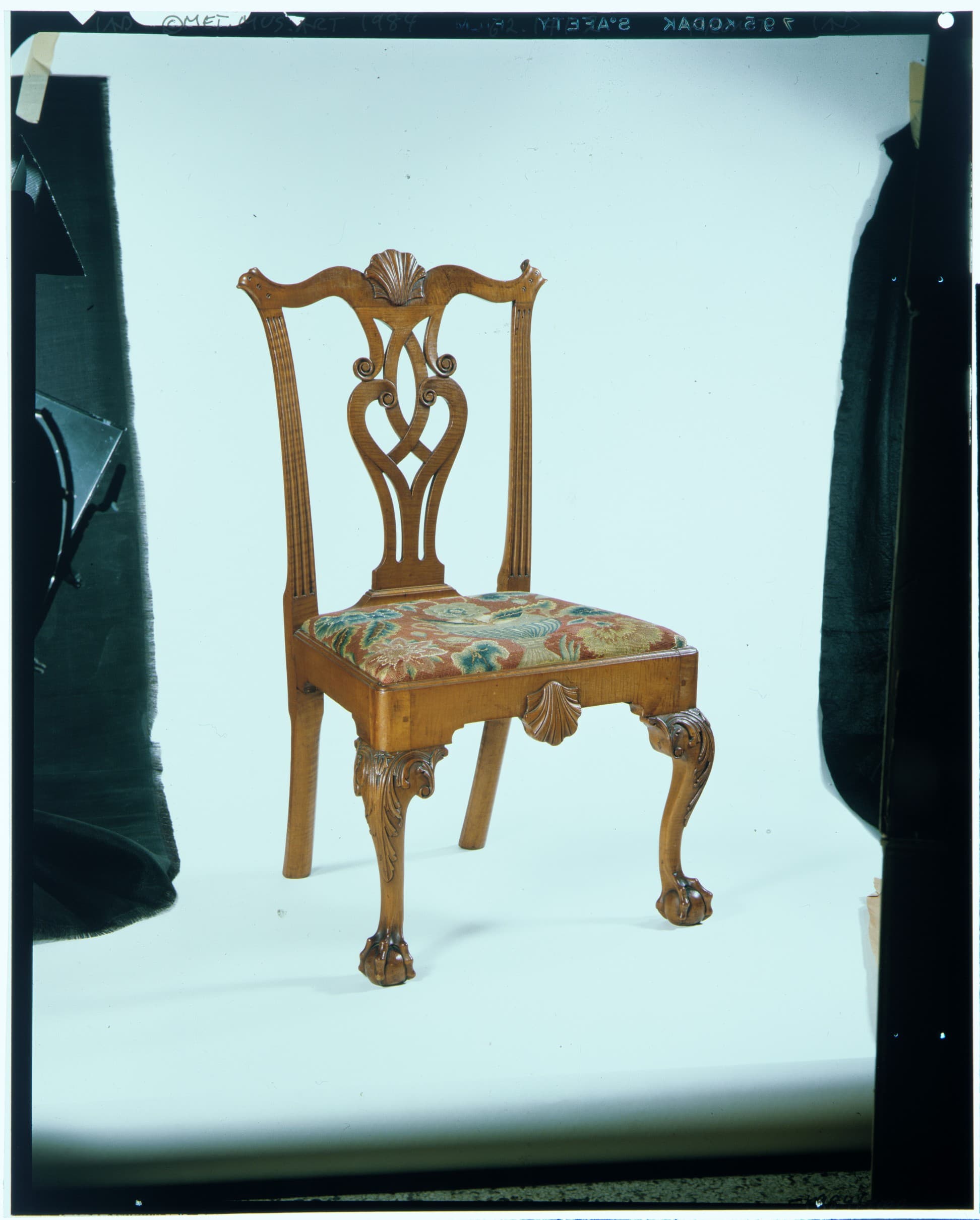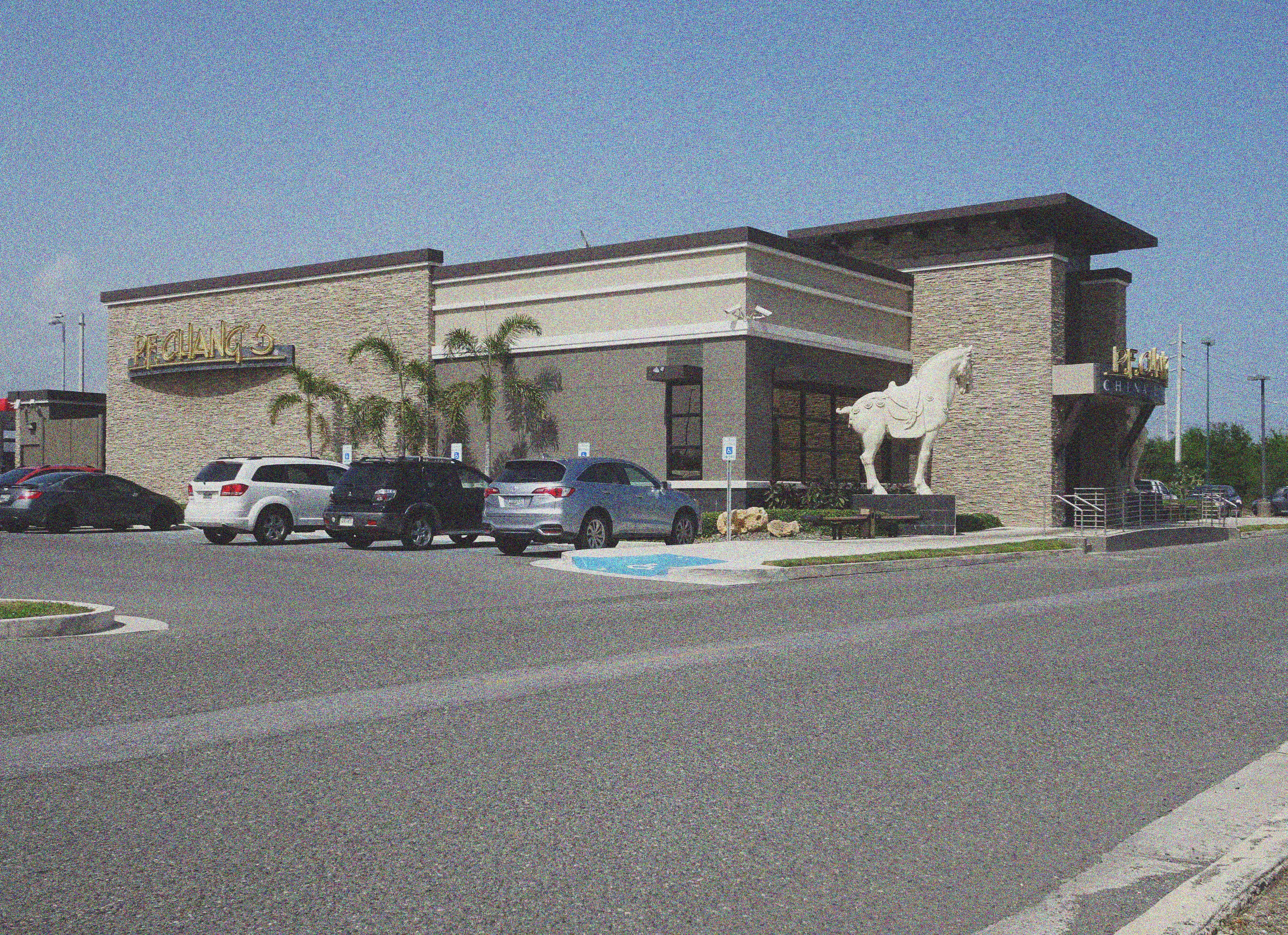Beauty is truth, truth beauty…
In the first installment of Beauty Mark, Allie Rowbottom teaches us how to love our facial fat, even as we age.

Published
Beauty Mark is a monthly column by Allie Rowbottom, where she answers readers' pressing beauty questions. To submit your question, email beautymark@bylinebyline.com
"Beauty is truth, truth beauty"…Keats said that in 1819 and he’s not wrong. But he also wasn’t up against filters, photoshop, celebrity plastic surgery, celebrities who lie about their plastic surgery, a multi-billion dollar beauty industry, and the collective mindfuck therein.
Enter Beauty Mark, your port in the storm. I’m not for or against anything. My only agenda is answering your questions with honesty, nuance, and vulnerability. From the literal to the existential and emotional, I’m here for it. When I don’t know the answer, I’ll consult with professionals; where there is no answer, I’ll give you my best, most meditative take informed by personal experiences and the extensive research I’ve conducted into the world of aesthetics. It should be noted that I am not a plastic surgeon or medical professional. Everything I say here is my opinion only, so take it with a grain. This is a creative space. For all of us I hope the result of it will be to appreciate and deeply feel beauty, in all its forms. It’s the stuff of life, after all.
Now, without further ado, our first question:
I love my chubby cheeks but I’m curious how one maintains their facial fat without getting saggy/jowly. Facelift? If so when? Or is there something else I can do?
And I love how you phrased this question. It’s refreshing to compliment oneself. I too love chubby cheeks. I love my chubby cheeks. Even if lately, I’ve been standing in the mirror, placing one finger on my cheekbone and one on my mandible and lifting ever so slightly. It’s something I saw my mother do when I was little. “Facelift time?” she’d ask her own reflection while I glowered in the background, afraid to see her change.
A few months ago, I found a binder of letters she’d written back and forth with a friend. I opened to a page she’d sent while in recovery from the facelift she eventually got when I was fourteen and she was fifty-five: “Allie was frantic that I was doing this. ‘Mom, you’ll get addicted to perfection,’ she said. I had to tell her what I was doing, although I didn’t like the message. What I hope she will hear is that I will act as I think best for me.”
How prophetic. I already feared the seductive pull of elective procedures. Fast forward twenty some odd years and I still fear it, still think it’s a force I’m right to fear, even if it’s a force I’ve chosen, a force I expect I’ll continue to choose, to ever shifting degrees of satisfaction and success. There is no universal right time for a facelift. When and why and if are considerations dictated by each of our genetics, politics, parents, culture, lifestyle, finances and mental preparedness. This is a partial list.
But in general, there are two types of agers: hollowers and saggers. If you have a lot of facial fat (like me!) you’re probably a sagger. Sagging is what creates jowls. It’s just gravity. I used to get microneedling with radiofrequency (a device called Morpheus 8 though there are many others such as Secret RF, Profound RF and Genius RF) in an attempt to delay the sagging process, but like most non-surgical procedures, results are subtle and take about six months to show up, so it’s difficult to say how well it worked. Each treatment costs about a thousand dollars, and you’re supposed to get three. I just turned thirty-seven and I’m already standing in the mirror going facelift time? If Morpheus had worked, maybe I wouldn’t be doing that. Then again, maybe I was destined to do that (thank you mother, thank you image culture, thank you misogyny both internal and external).
Other things I wouldn’t do for jowls or for anything, honestly: Ulthera (imprecise and old technology, inadvertently melts your fat, makes you look older) and threads. Threads are dissolvable sutures inserted into your skin and yanked to affect a temporary lift. In most cases, in my opinion, they are expensive, painful and they don’t last. Worst of all, they create scar tissue so that when and if you are eventually ready for that surgical facelift, it’s harder for your surgeon to perform. There’s also jawline filler. Injectors will sometimes suggest this to “support” the jowl area. Filler in this area can look snatched at first and is fine in small amounts. But filler attracts water. Down the line, if you place enough of it, you will wind up looking puffy and spongy: classic filler face.
What I do recommend is that you keep doing an excellent job loving your chubby cheeks by encouraging natural collagen and elasticity through basic microneedling and microcurrent. Microcurrent is something you can often add onto facials at reputable establishments. There’s also the NuFace for at home microcurrent-ing if you think you’ll use it consistently. I use mine on the couch at night while watching TV. And if you smoke, consider quitting. Nothing diminishes skin quality and encourages sagging like smoking.

Adobe Stock / skvalval
As for nonsurgical procedures like Morpheus, unless you have unlimited resources, I say save the money you would otherwise spend on them now, so that down the road (your forties at the soonest) you can start thinking about that surgical facelift you asked about. If you feel like it, that is. Elective surgery is a personal choice and should be considered alongside the partial list of individual factors I noted at the beginning of this answer. I want to be very clear about this: it is not a prerequisite for aging in American culture.
I admire and support anyone who eschews cosmetic work. But I resist arguments that individual women who “buy in” to beauty standards by pursuing aesthetics, are weak or pawns of capitalism or somehow poisoning the well for future generations. It’s easy to tow this line in theory but harder in practice. And expecting women to make choices about our bodies while considering everyone else, is just solidifying the patriarchal notion that women exist to care for everyone else. I do think it behooves us all to be thoughtful about everyone else, and to be mindful about what we consume, what we choose, and how we do so.
I do think we should consider collective harm reduction when it comes to how we talk about and perform our bodies and any alterations we’ve made to them on social media. But none of this should come at the expense of our mental or physical health. Which sometimes means rejecting the (fucking terrible and punishing) beauty standards and sometimes means taking considered steps to augment or groom our bodies to our own liking. Even if that liking has been influenced by beauty standards that are impossible for most of us to escape. And yet, in my experience, there is no procedure for happiness; nothing cosmetic can ever “fix” an emotional or spiritual problem. It can contribute to easing suffering, but it’s just one tool in a big box of tools.
All to say, if you want to address sagging in the lower face so you can get on with your life, surgery is, in my opinion, the most affective and affordable way to do so.
It's just facts that, increasingly, plastic surgeons are seeing patients in their late thirties and early forties for facelifts, which has everything to do with our youth obsessed culture, seeing ourselves constantly on screens (the “Zoom Boom” in aesthetic industry parlance) and an increasing awareness of what plastic surgery can accomplish. On the plus side, having small amounts of cosmetic work done earlier decreases the likelihood of ever needing a massive surgical overhaul. But early (your forties) cosmetic work is not something everyone will be a candidate for. The rewards must outweigh the risks and sometimes you just have to wait for things to worsen before you can fix them.
The only way to know is to attend several consultations with double board-certified facial plastic surgeons. (Don’t see a boob/butt/body doctor for your face, see a doctor who just does faces). If you’re on the younger side, ask yourself if you’ll be okay with super subtle results. The less excess skin there is to address the less transformative the procedure will be. In general, a good way to tell if you’re ready for surgery is to put one finger on your cheek bone and one on your mandible and lift, as I confessed to doing at the beginning of this answer. If you’re lips move upward with the rest of your skin, you’re not ready.
Enter my mother again. She was a single woman who did not date. Not before her facelift and not after. She spent most of her time in her studio, away from external gazes, painting. And yet she got that facelift anyway. Worth every penny, she told me. And she did look fabulous. Natural, rested. Like she’d gone to a spa for month and slept nine hours every night except this spa was also somehow a time machine and she emerged ten years younger. Here was a woman whose body was subject to tens of medically necessary surgeries.
Her physical autonomy was taken from her by cancer and its many complications. Who was anyone to begrudge her an act of reclamation, a small source of confidence and ease, even if it came through another surgery, one she chose so as to thrive, rather than simply survive? In the end, I think it brought her some peace. But I know it didn’t “fix” anything.
She stayed looking fabulous up until her death, fifteen years after the lift. She was seventy when she passed, but she still looked fifty-five, easy. Had she been alert, conscious on her death bed, would her appearance have mattered to her? Yes, I think it would have. In the weeks before she died, she started sprouting chin hairs. Not faint white wisps but thick, wiry black ones. She wasn’t sentient but I plucked them anyway. It’s what she would have thought best for her.
Have a question about beauty? Send it to beautymark@bylinebyline.com




